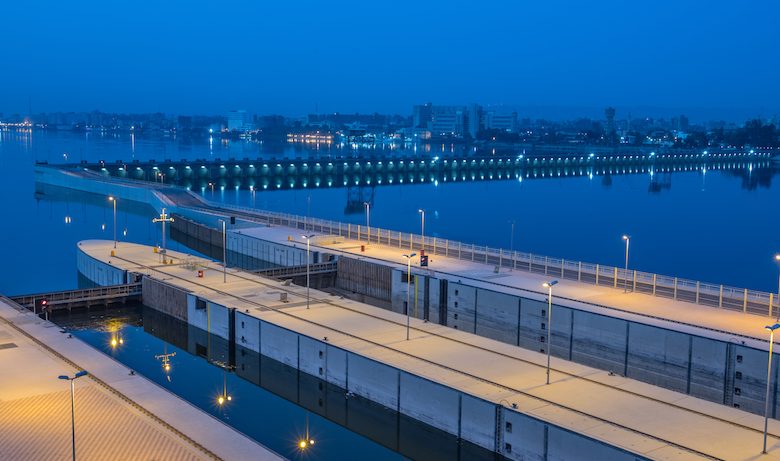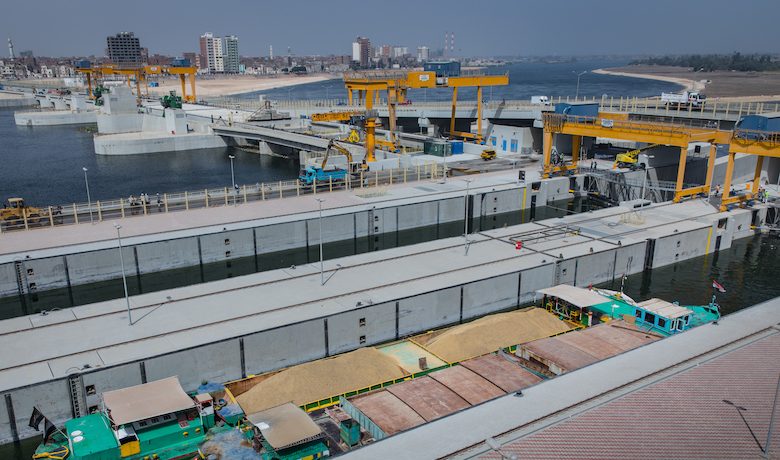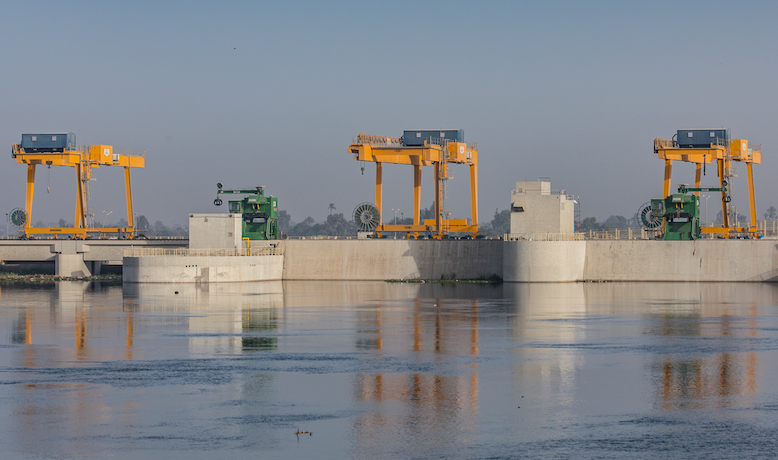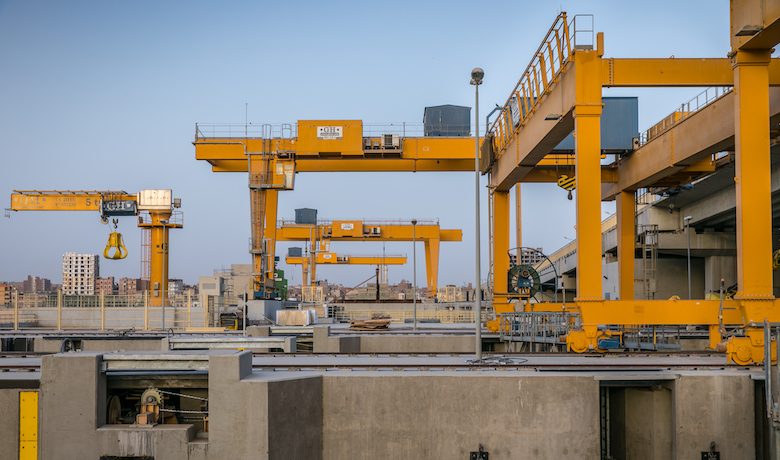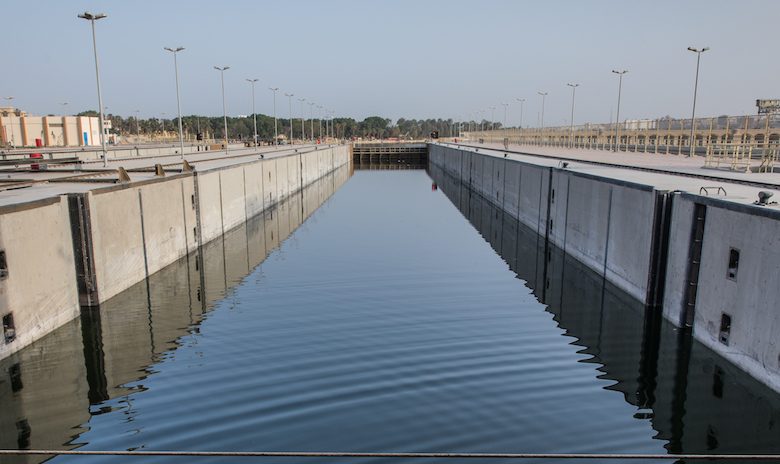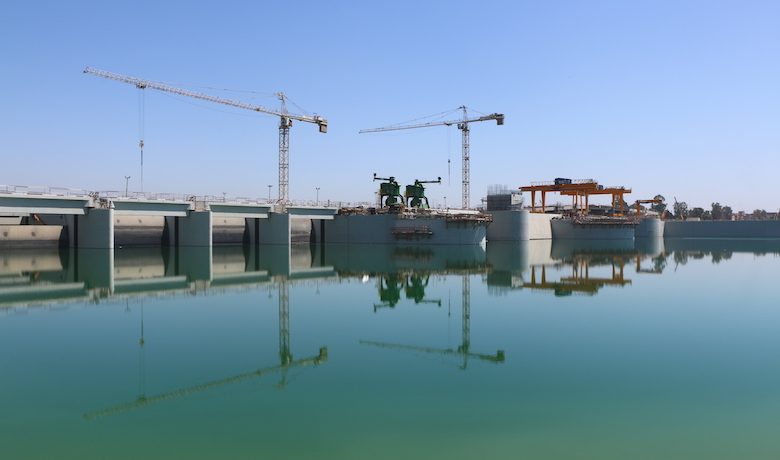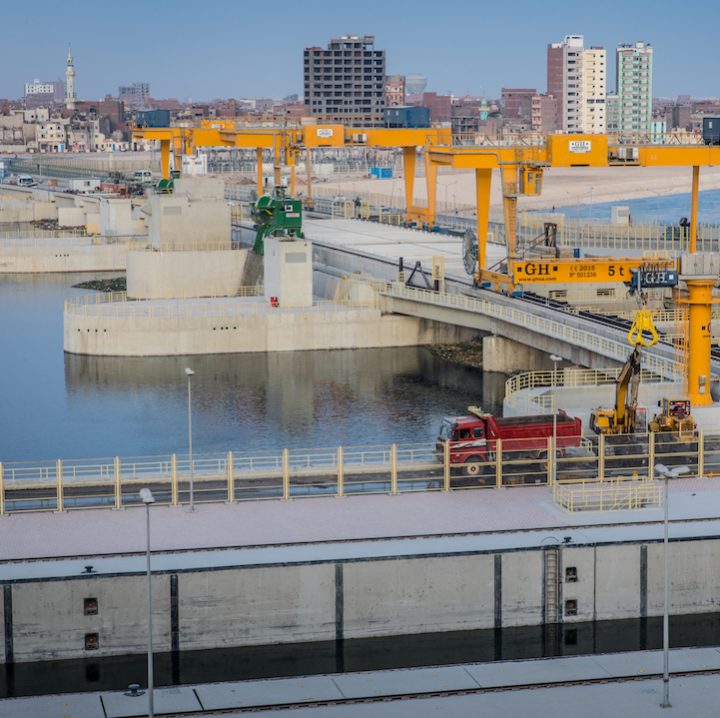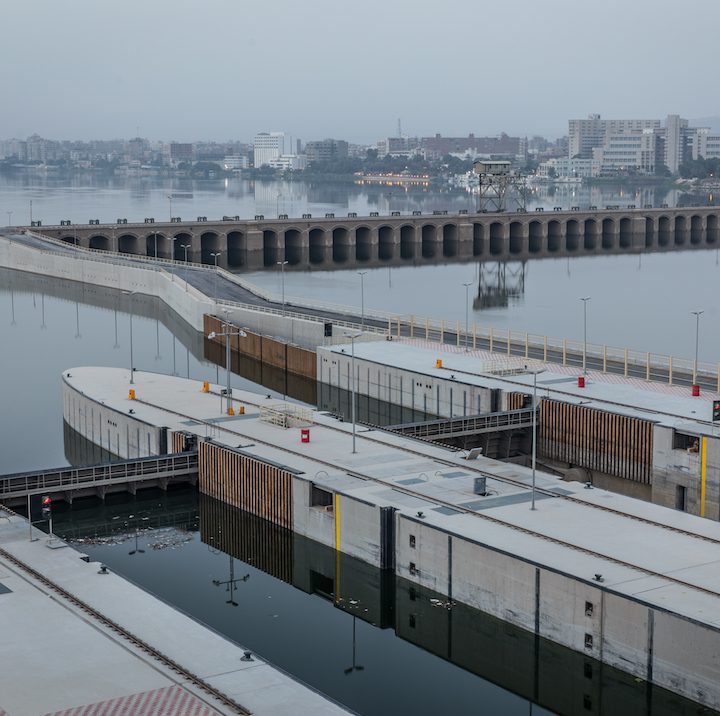BACKGROUND
The old Assiut Dam is located on the Nile River between Cairo and Luxor in Upper Egypt. It is one of the largest hundred-year-old structures built to regulate the river’s floodwaters. As the dam was beginning to show signs of fatigue, the government of Egypt entrusted us with the task of building a new dam 400 metres downstream. Having delivered the Naga Hammadi Dam, located farther south, in 2008, VINCI Construction Grands Projets was able to obtain this new contract thanks to the quality of its bid from a technical standpoint. A variant developed by our Engineering Directorate allowed us to carry out concrete works in dry conditions in the Nile riverbed, even in rising waters. The new dam will feature a reservoir 1.5 metres higher than the old dam, thereby increasing the flow of water in the irrigation system connected to the dam and extending the agricultural area in the valley. In addition, the project calls for the construction of two locks to improve river navigation and access to tourism sites in Upper Egypt.


